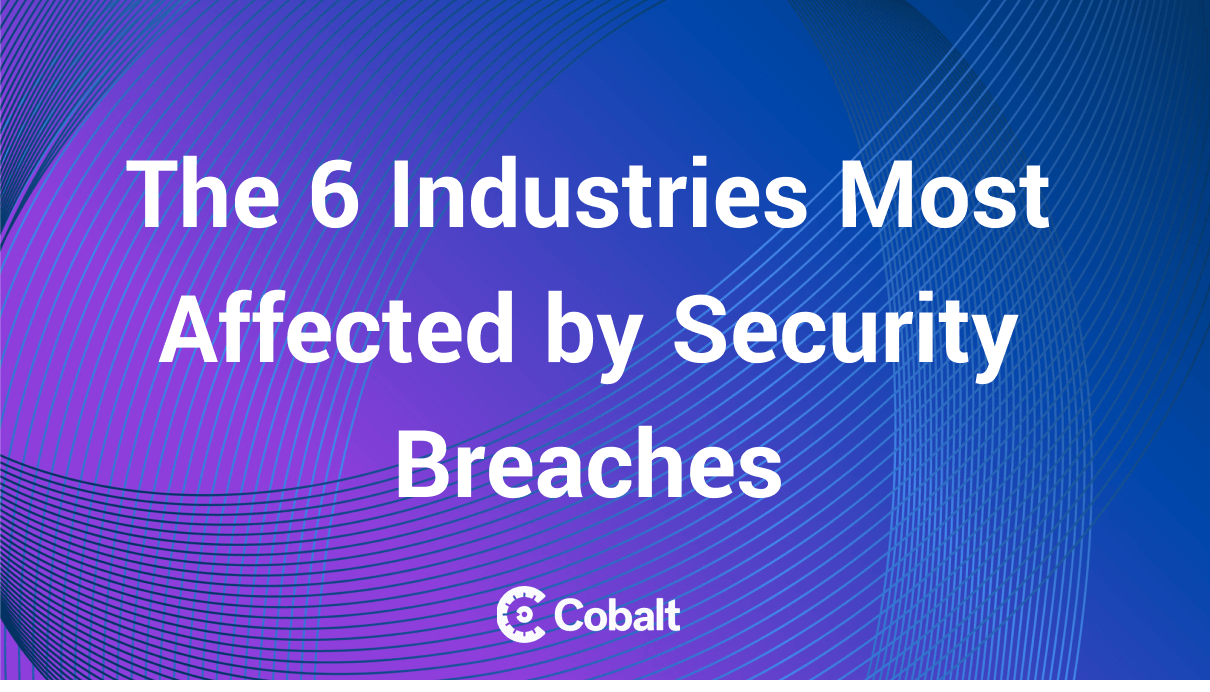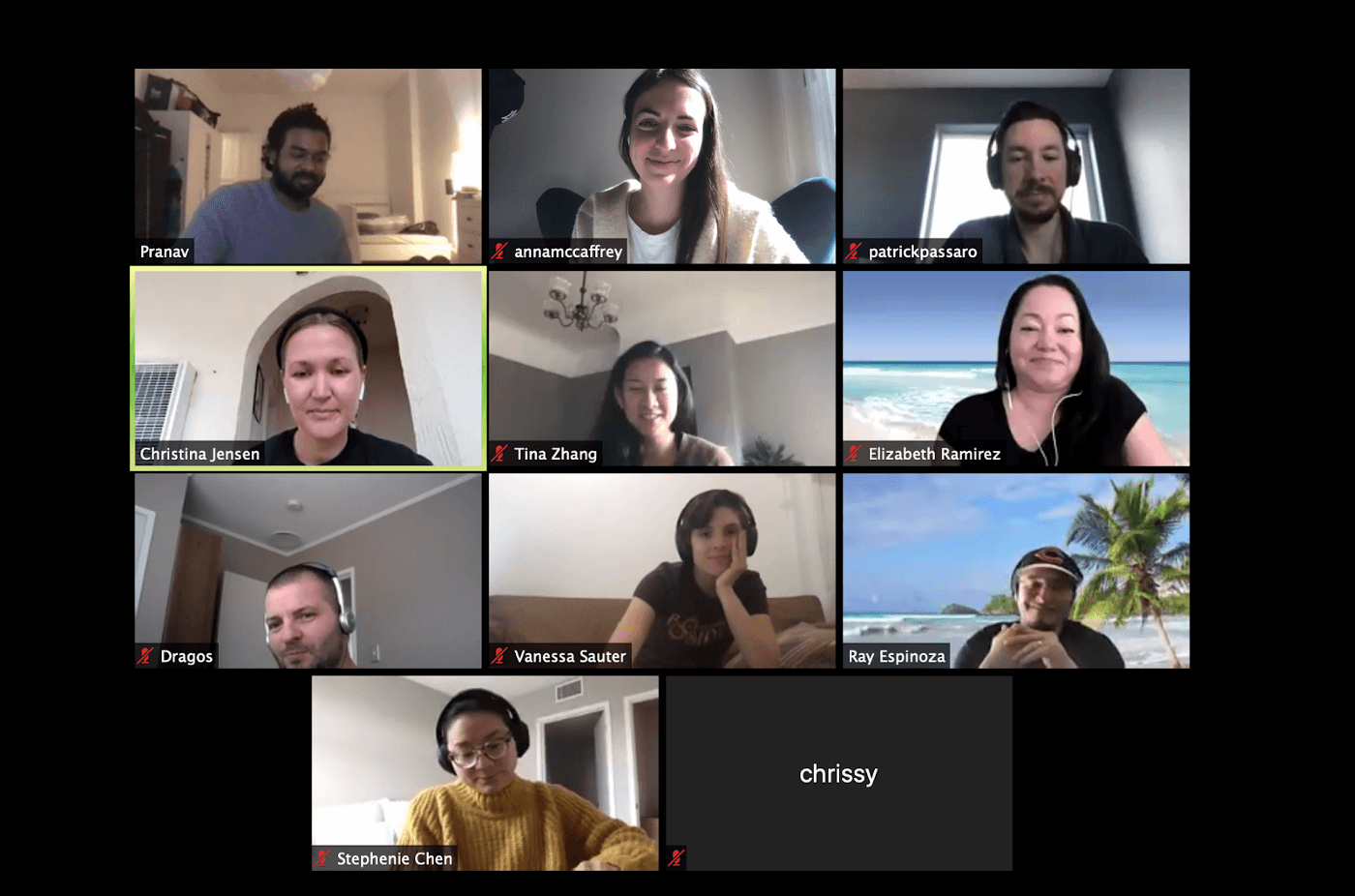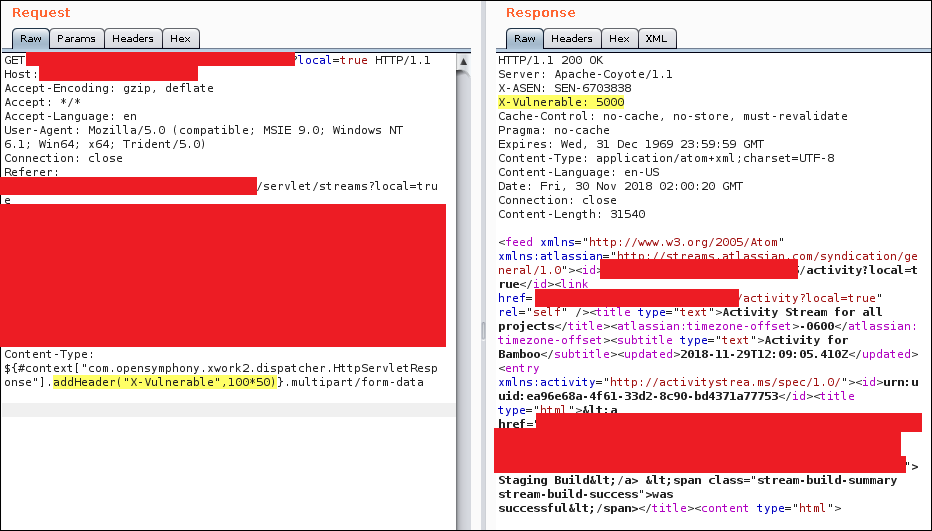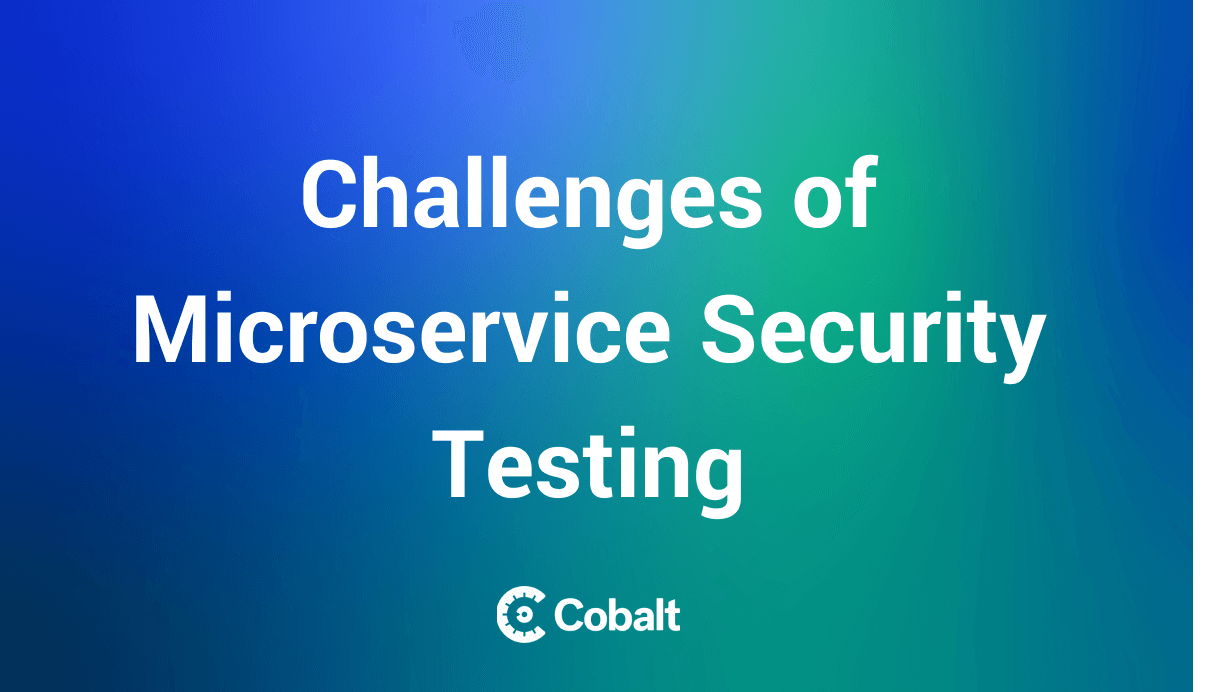Unprecedented advantages and difficulties came with the advent of the digital age. Every day, both private and public organizations are victims of cyberattacks. Every second, about 44 data records are under attack.
Many industries are vulnerable to these breaches. For instance, cybercriminals exposed about 50 million health records of Americans in 2022. About 83% of organizations suffered different attacks, while breaches in 79 financial companies affected about 9.4 million customers in 2022.
These alarming stats raise the need for robust cybersecurity. So, we'll examine 6 most common industries that suffer cybersecurity breaches and how they can improve their defenses.
1. Healthcare Industry
Due to a lack of cybersecurity financing, threat actors and ransomware groups have long targeted the healthcare industry, but 2022 saw a dramatic spike in the threats.
Research showed that "those hacking / IT incidents are the most prevalent forms of attack behind healthcare data breaches, followed by unauthorized internal disclosures." An example was the attack on OakBend Medical Center in 2022 that resulted in the theft of sensitive employee and patient data.
Healthcare institutions had the highest number of data breaches in the last decade, with human error being the main reason. Similarly, third-party vulnerabilities pose a significant risk, as highlighted by the Florida Healthy Kids Corporation incident in 2020, which resulted in the exposure of the personal information of 3.5 million people.
For the eleventh year in a row, IBM Security's "Cost of a Data Breach 2022" research found healthcare to be the most expensive industry. The average healthcare breach cost climbed 9.4% from $9.23 million in 2021 to $10.10 million in 2022. These costs arise from direct and indirect losses, such as remediation expenses, lost productivity, and reputational damage.
Prevention and Response Measures
The Health Insurance Portability and Accountability Act (HIPAA), regulates healthcare organizations. It provides measures to safeguard patient data from cyberattacks. This requires firewalls, intrusion detection systems, and encryption.
Another key point is that employee training reduces risk. This becomes essential for most industries since the human side of cybersecurity is often a major risk. So, to prevent online hazards, healthcare institutions should train personnel regularly.
Third-party risk management is also crucial in the healthcare industry, as many organizations rely on external vendors for various services, such as data storage and management. Healthcare organizations should conduct due diligence on their third-party vendors by doing the following:
- Assessing their cybersecurity measures to ensure they are robust enough to protect sensitive data
- Conducting regular audits to ensure compliance
- Monitoring vendor activity to identify and respond to any potential threats
These are just a few tips to start off a third-party risk management review as a form to mitigate risk.
2. Government Agencies
Modern governments provide services and infrastructure to residents. They keep tax records, social security numbers, health records, etc. As a result, cyberattacks on government agencies are serious, which prompts the need for strong cybersecurity measures.
The most common type of attack on government agencies is ransomware, which involves encrypting files and demanding a ransom for their decryption. Other attacks include phishing, malware, and denial-of-service attacks. Industry-specific threats such as hacktivism, state-sponsored cyber espionage, and attacks on critical infrastructure are also on the rise.
The US government suffered several ransomware attacks over the last four years, affecting about 230 million people, and costing about $70.4 billion in downtime and recovery.
Compliance Requirements
The government sector is subject to various cybersecurity regulations and standards, including the Federal Information Security Modernization Act (FISMA) and the National Institute of Standards and Technology (NIST) Cybersecurity Framework. These regulations and standards ensure that government agencies maintain a high cybersecurity posture and protect citizens' sensitive data.
3. FinTech and Insurance
The global economy depends on fintech and insurance. Fintech and insurance firms offer mobile banking, internet payments, insurance plans, and investment platforms. Cybercriminals target this sector because they handle sensitive financial data.
The 2021 SolarWinds hack enabled Russian hackers to access the US Treasury Department and the National Telecommunications and Information Administration, among other government agencies and financial institutions. "The hackers used a method known as a supply chain attack to insert malicious code into the Orion system." They stole critical data, including financial information, and damaged the industry's confidence.
Another example of an insurance company being breached is from the 2017 Equifax attack. This data breach that took 147 million customers' names, social security numbers, birth dates, and addresses. Consequently, Equifax paid billions in penalties, litigation, and settlements after the attack.
Compliance Requirements
The fintech and insurance businesses must follow rules like the General Data Protection Regulation (GDPR) and the Payment Card Industry Data Security Standard (PCI DSS). Other compliance requirements may include the Gramm-Leach-Bliley Act (GLBA), the New York Department of Financial Services (NYDFS), the National Association of Insurance Commissioners (NAIC) Model Cybersecurity Law. These regulations protect customers' data and assure industry compliance with cybersecurity and privacy requirements.
4. Education
Cybersecurity breaches affect academic institutions often as well. The fact is "there were 1,851 data breaches in educational institutions between 2005 and 2021."
The University of California had a data breach in December 2020 that exposed staff and student data. A third-party vulnerability breached the university staff's Accellion file transfer program. Malicious actors entered the application and stole data about employees, their families, benefits, retirees, and university program participants. The breach damaged the university's image and may have exposed impacted individuals to identity theft, financial fraud, and other crimes. The attackers have not been recognized or captured.
Another case is that of the Los Angeles Unified School District In September 2022. The school shut down its computers after a ransomware attack. The hack disrupted the 2022 school year and caused the district to hire cybersecurity specialists to investigate and fix the issue.
Compliance Requirements
The Family Educational Rights and Privacy Act (FERPA) governs student education records. Likewise, the National Institute of Standards and Technology (NIST) Cybersecurity Framework provides a standard for managing and reducing cybersecurity risk.
5. Retail Industry
The retail industry is vulnerable to cyberattacks such as DDoS attacks, supply chain attacks, and shop card skimmers. Since retailers rely on third-party security providers, low-security standards also can lead to breaches.
Neiman Marcus, a big retail store, had an attack in 2020 that exposed 3.1 million client online gift cards. The next was Macy's, where personal data, including credit card information, was stolen from an undisclosed number of customers. The third was Sephora, where personal data from customers was accessed.
These data breaches harmed the impacted companies. Neiman Marcus paid a $1.5 million settlement, Macy's lost up to $35 million, and Sephora lost client confidence and reputation.
Compliance Requirements
The retail industry is subject to various regulations and standards, including the Payment Card Industry Data Security Standard (PCI DSS). The standard provides guidelines for protecting cardholder data and requires companies to implement robust security measures to prevent data breaches.
6. Infrastructure: Energy & Utility Companies
The Energy and Utility industry's increasing reliance on technology has made it vulnerable to cyberattacks. In the Colonial Pipeline attack, hackers shut down the US's largest fuel pipeline, causing gas shortages on the East Coast. The energy and utility business is particularly vulnerable to ransomware attacks. Nation-states are often Advanced Persistent Threats (APT) to steal data and damage infrastructure.
Recent utility cybersecurity breaches include the 2015 cyber attack on Ukraine's power infrastructure which left 230,000 people without electricity for hours. The 2017 Triton malware assault on a Saudi Arabian petrochemical plant safety systems put workers at risk.
The Colonial Pipeline hack caused a gas shortages on the east coat of the United States and millions in losses for the company. The Ukraine power grid attack caused nearly a quart of a million individuals to experience electricity disruptions. As in the Triton malware attack, where plant employees' safety was in danger, reputational harm may be significant.
Closing
In conclusion, understanding the risks and vulnerabilities faced by these six industries can serve as a valuable lesson for organizations across all sectors.
By being aware of the most common security breaches and their consequences, businesses can develop a proactive cybersecurity strategy to mitigate potential threats. It's essential to invest in robust security measures, such as regular penetration testing and employee training, to safeguard your organization's sensitive data and reputation.
Remember, staying informed and vigilant is the key to protecting your business in an ever-evolving digital landscape. Learn more about how Cobalt helps companies stay secure with our penetration testing services via the innovative Pentest as a Service (PtaaS) platform.




















